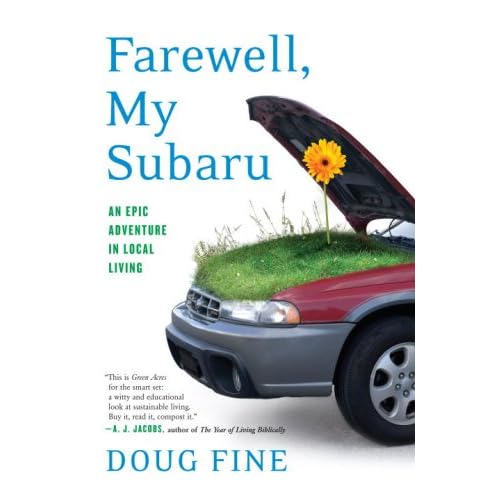 A reader of this blog, Spazholio, asked: "What are the benefits to square foot gardening over just planting a regular ol' garden?
A reader of this blog, Spazholio, asked: "What are the benefits to square foot gardening over just planting a regular ol' garden?
Quite honestly, I can't compare the two different approaches from practical, empirical knowledge. When I decided to start a garden, I sought out my favorite kind of knowledge: Book Knowledge. I scoured online bookstores for good gardening books. I was roped in by the back cover of All New Square Foot Gardening:
"If you want to grow more vegetables--and flowers--in less space, All New Square Foot Gardening is for you. Author Mel Bartholomew takes you through his proven Square Food Gardening method adopted by satisfied gardeners for more than twenty-five years. Now in All New Square Food Gardening, Mel unveils ten new improvements that save you more time and more money--all with a lot less work. And with All New Square Foot Gardening, you no longer have to worry about weeds and fertilizer! Gardeners everywhere enthusiastically endorse Mel Bartholomew's revolutionary Square Food Gardening method."
The introduction to the book talks about Mel's experience with a community garden. He said people were zealous gardeners for about the first three Saturdays. After that, when the real work set in, their enthusiasm waned.
He designed a way to grow flowers and vegetables in raised beds using carefully mixed soil (from compost, vermiculite, and peat moss). Some of the benefits are as follows:
- The crafted soil eliminates the need for fertilizer and facilitates excellent drainage. Further, you don't have to waste a lot of time trying to fix potentially uncooperative soil (depending on where you live).
- The beds are divvied into one-foot sections, so the novice gardener can follow specific guidelines about how much to plant (e.g., 16 carrots can be planted in one square foot, or 12 beets, or one cabbage).
- You can either put plywood bottoms (with drainage holes) or a weed-blocking fabric beneath your beds, so the number of weeds is significantly reduced.
- Because the measuring is so precise, you can plant more precisely, which means you don't waste a lot of time thinning out vegetables.
As a newbie to this gardening thing, all of those advantages resonate with me. Like I mentioned in a previous post, "real" gardeners are definitely snooty and defensive about the traditional method, but I'm not sure why. It might be genuine inferiority on the part of the square-foot gardening method, or it might be that defending a more difficult approach to gardening helps them maintain the exclusivity of the hobby and therefore their prestige within a smaller circle. In other words, the harder gardening is, the fewer the number of people who do it, and the cooler and impressive those people are.
I say it's time to democratize garden (especially with our current environmental degradation). As far as I'm concerned, the easier and more convenient it is for the lay person, the better it is (as long as they don't resort to chemicals or other detrimental means).






















